Valencia combines Roman sites, Gothic buildings, modern architecture, and natural areas. The city features art museums, historical markets, medieval gates, and the Ciudad de las Artes science center. The Turia Park and beaches allow outdoor recreation, while the Cathedral and Silk Exchange display the city's heritage.
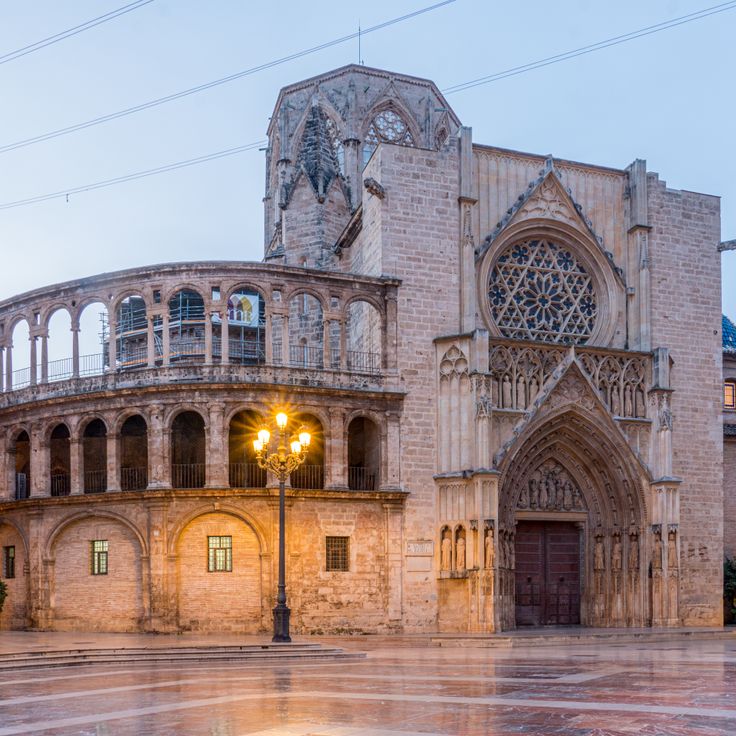
Valencia, Spain
Gothic church from the 13th century combining Romanesque, Gothic and Baroque architecture. The 50-meter bell tower provides views over the city.
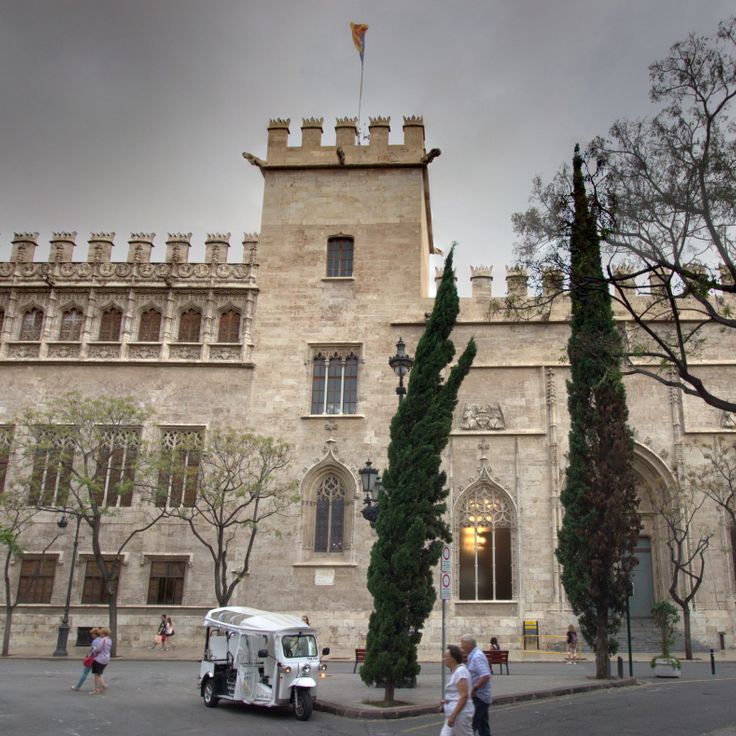
Valencia, Spain
Late Gothic building from the 15th century that served as a trading center for silk. The hall displays twisted columns and vaulted ceilings.
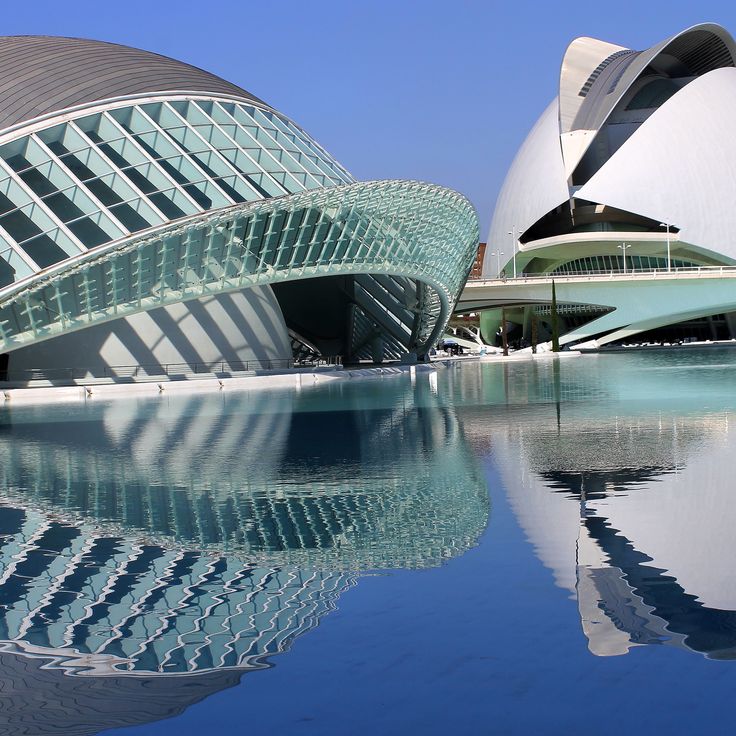
Valencia, Spain
Modern complex with museum, cinema, theater and science center. The white buildings reflect in water pools.
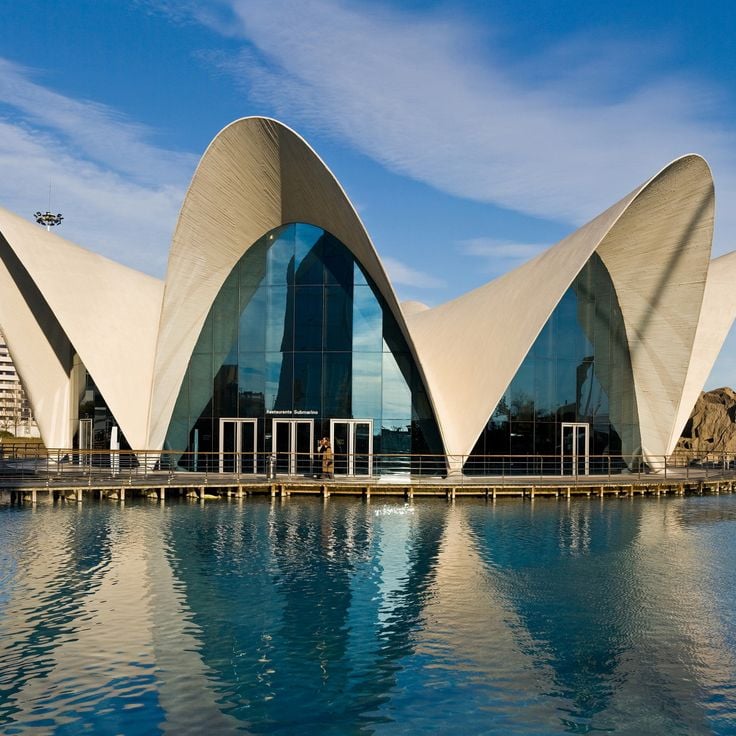
Valencia, Spain
Europe's largest aquarium with 45,000 marine animals from 500 species. The facility includes nine underwater towers with different ecosystems.
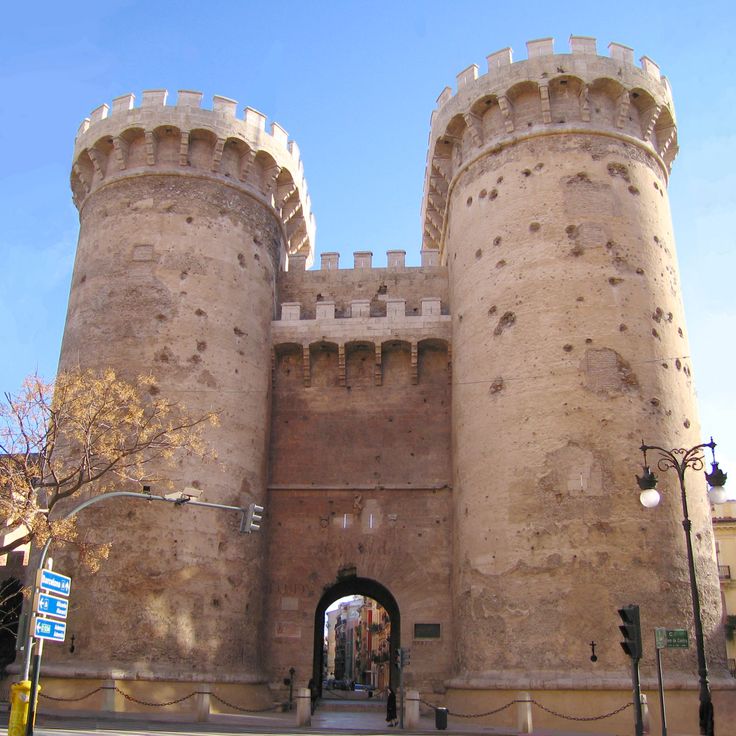
Valencia, Spain
These medieval twin towers from the 15th century served as the western entrance to the city and still show cannon ball marks from Napoleonic wars.
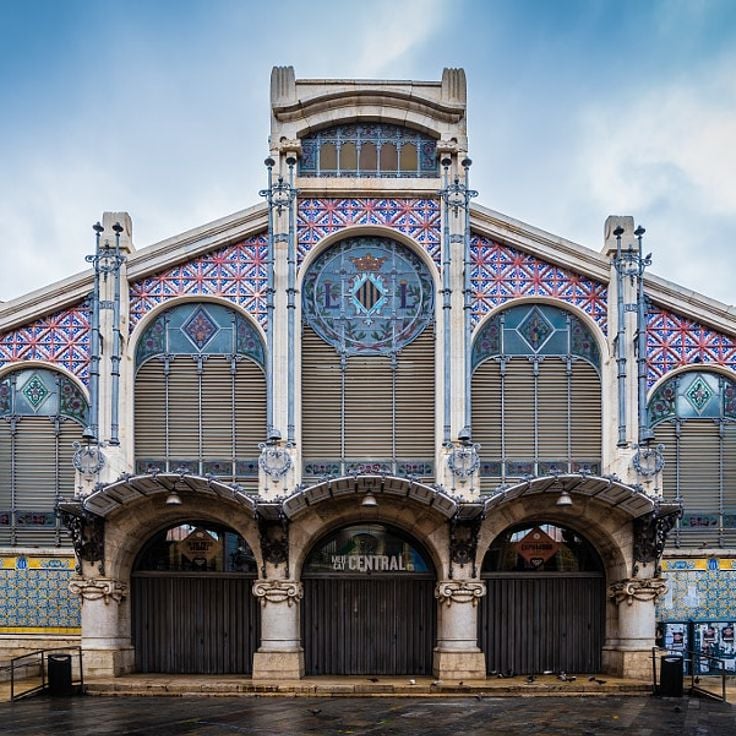
Valencia, Spain
The market opened in 1928 covers 8000 square meters and contains more than 300 stalls selling food and regional products.
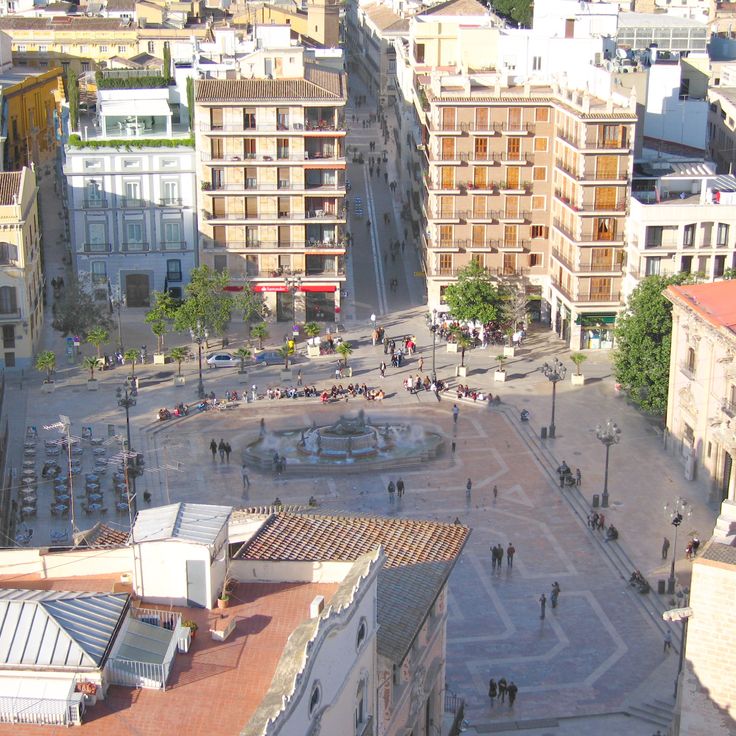
Valencia, Spain
This central square from the 1st century contains the basilica and water tribunal. Roman remains exist beneath the pavement.
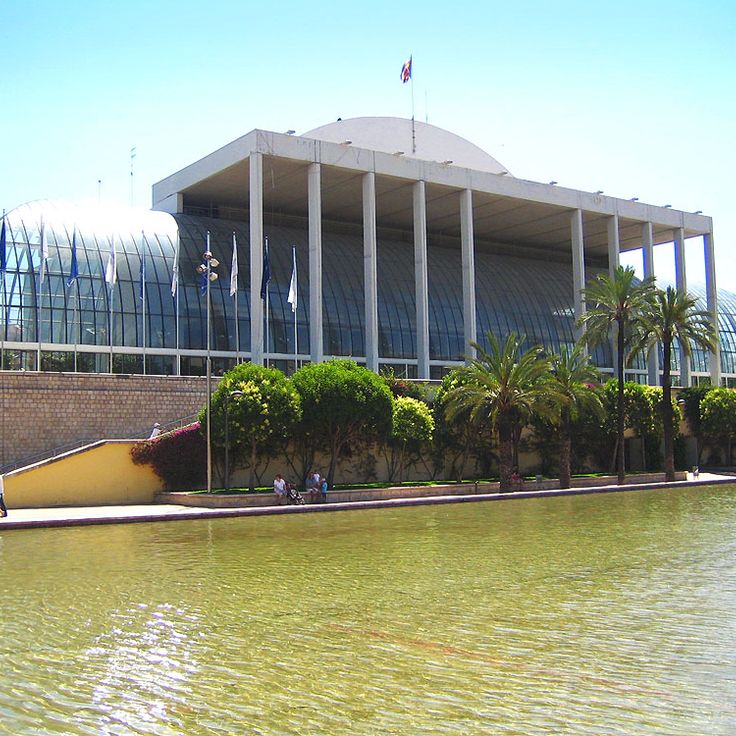
Valencia, Spain
Modern cultural building from 1987 with four halls dedicated to concerts, film screenings and art exhibitions. The building stands next to Turia Park.
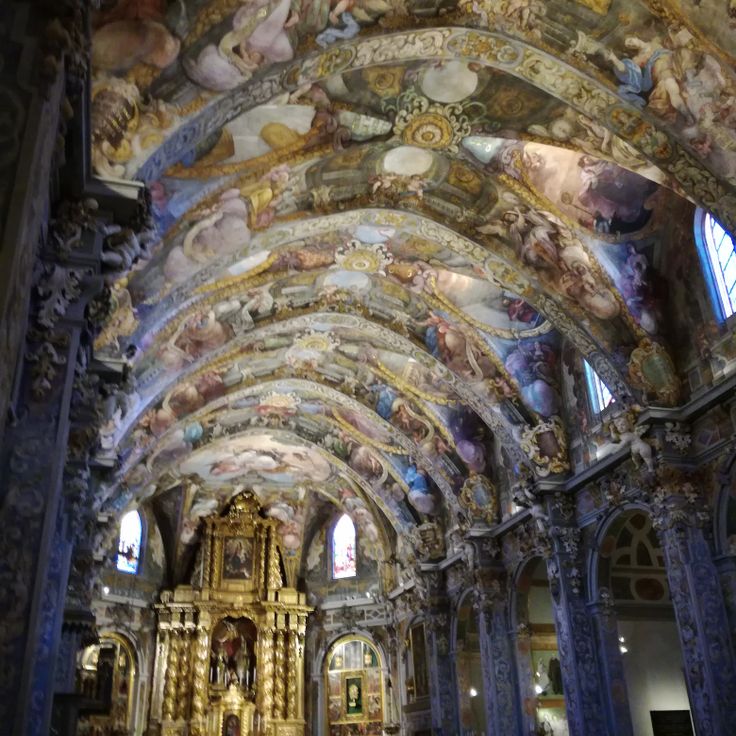
Valencia, Spain
This gothic church features 15th century vaults and baroque frescoes painted on its ceiling.
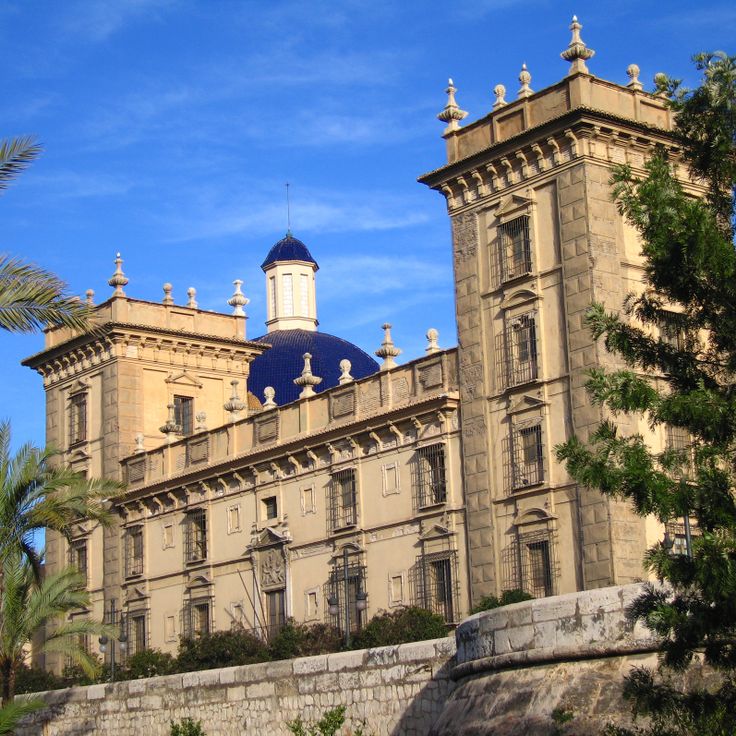
Valencia, Spain
The museum contains Spanish art from the 14th to 20th centuries including works by Goya and Velázquez.
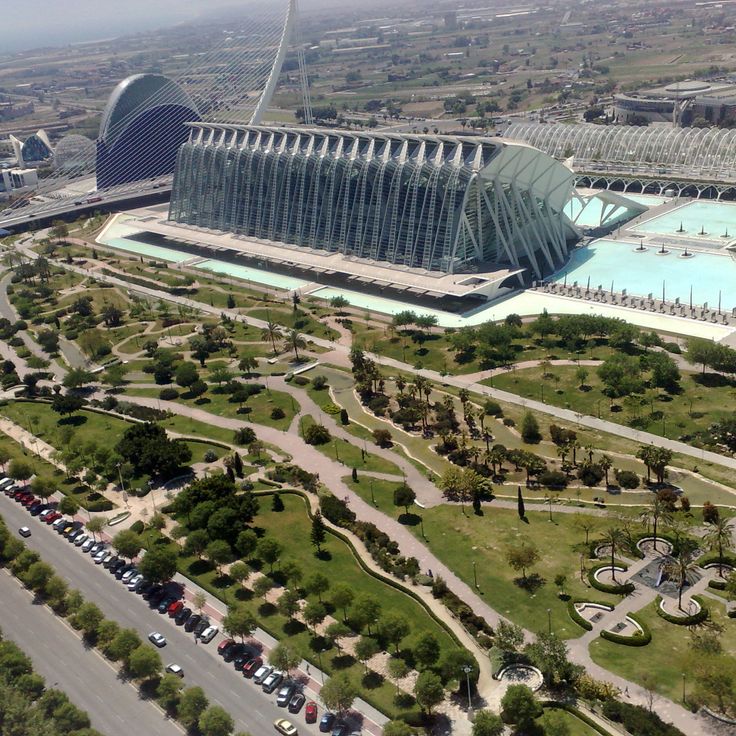
Valencia, Spain
A linear park in the former riverbed containing sports facilities, walking paths and green spaces along nine kilometers.

Valencia, Spain
Opened in 1923, the stadium holds 48,600 spectators and is the oldest stadium in Spanish Primera División.
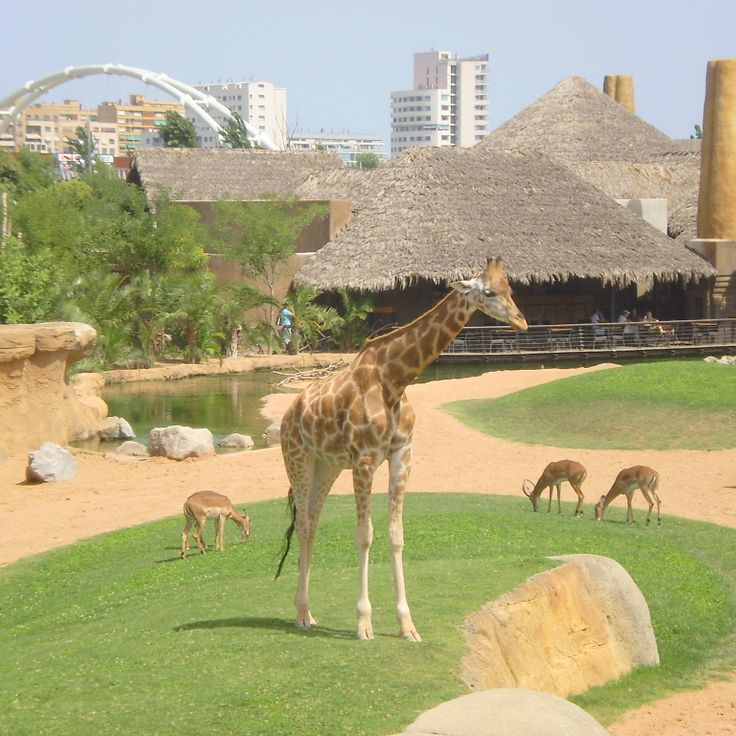
Valencia, Spain
The modern zoo reproduces natural habitats. Animals live in large enclosures without visible barriers between species.
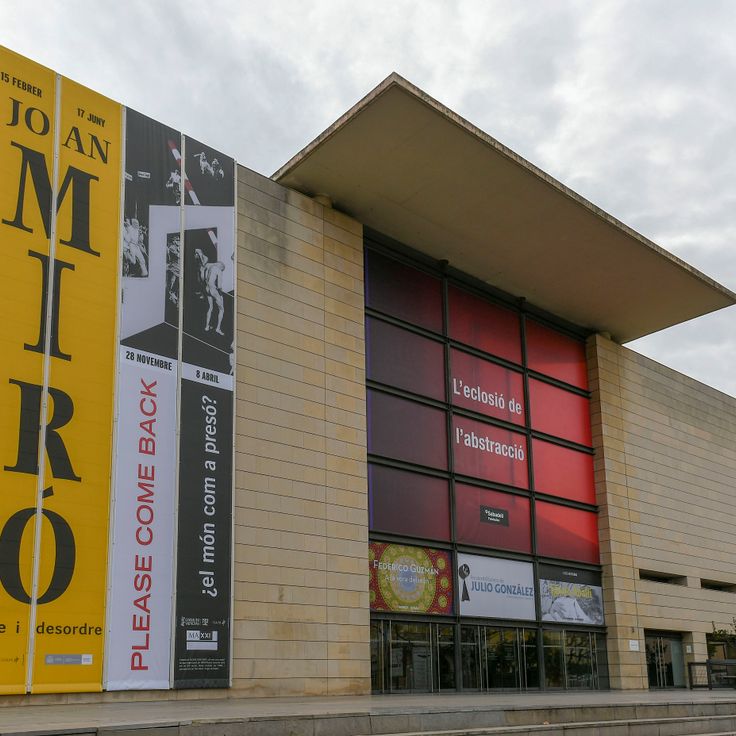
Valencia, Spain
The museum displays contemporary art in two buildings. The collection includes works by Spanish and international artists of the 20th century.
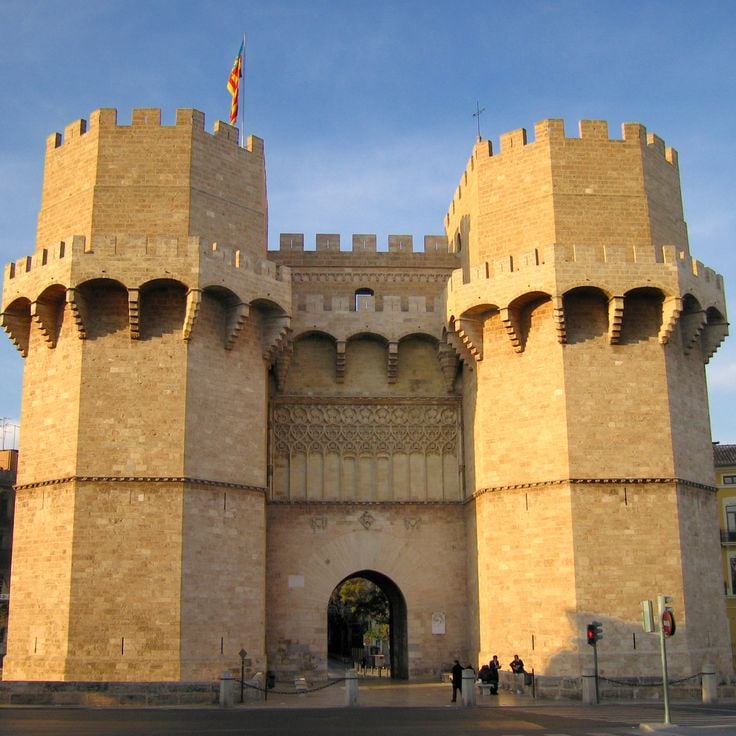
Valencia, Spain
These Gothic twin towers from the 14th century served as a city gate and prison. The towers reach 33 meters high.
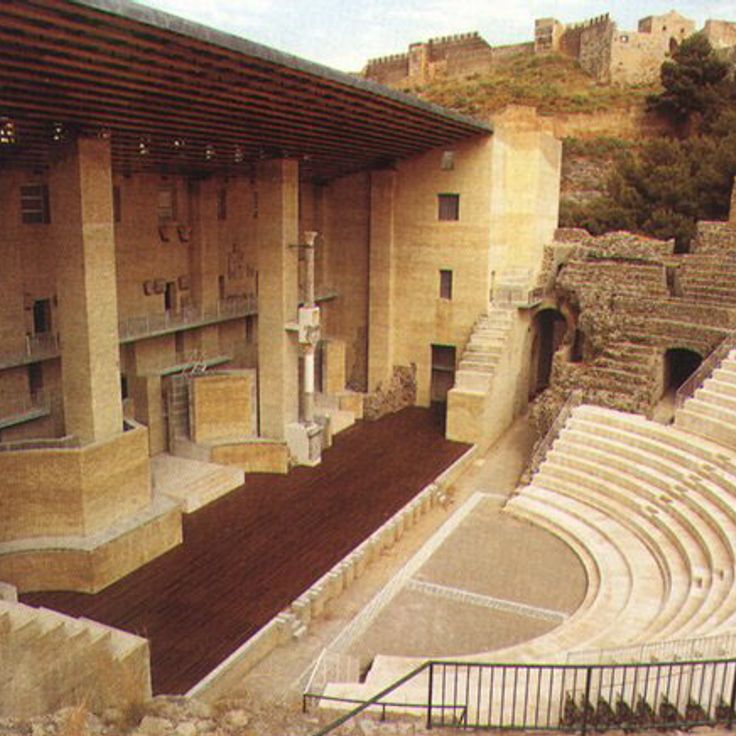
Valencia, Spain
The first-century theater could accommodate 8000 spectators. The structure was restored in the 20th century.
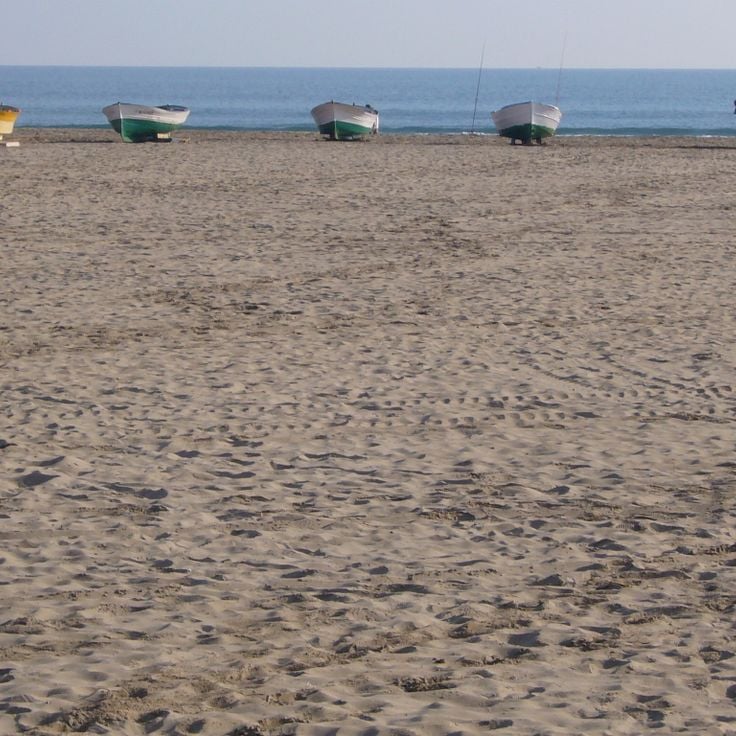
Valencia, Spain
A three kilometer long sandy beach with a palm tree lined promenade and several sports facilities for visitors.

Valencia, Spain
This nature reserve south of Valencia spans 21000 hectares and includes a large freshwater lake, traditional rice fields and typical Mediterranean flora.
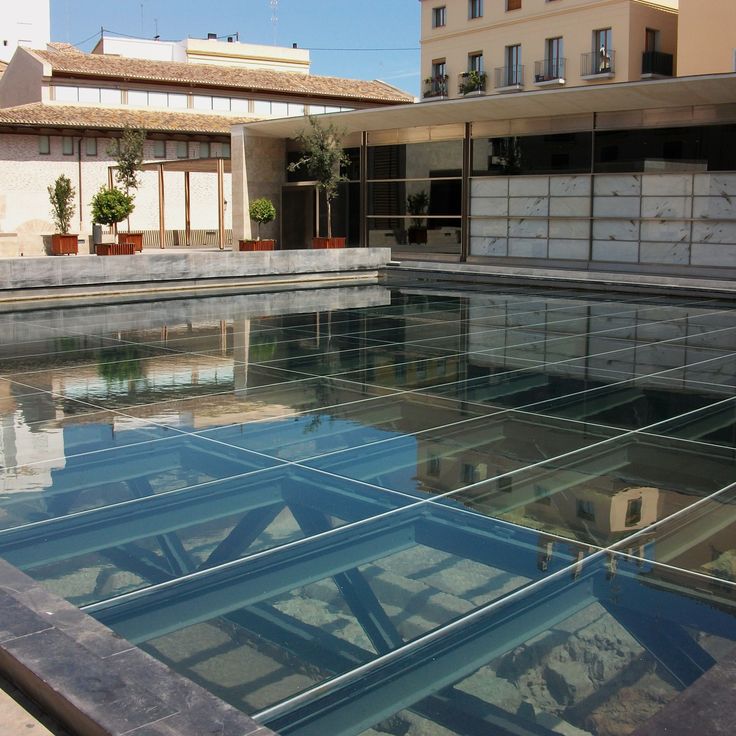
Valencia, Spain
An underground museum displaying 2000 years of city history, Roman baths and medieval remains.
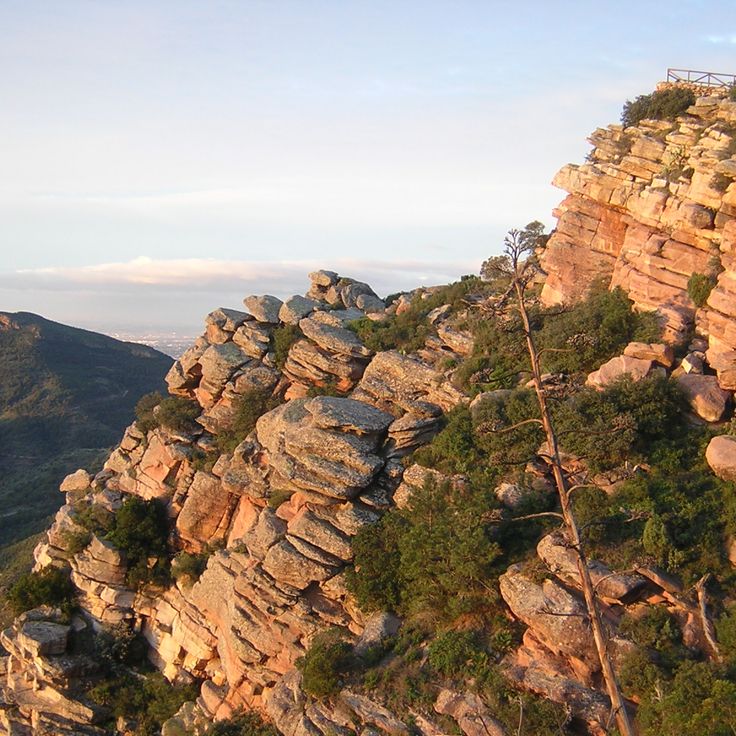
Valencia, Spain
Protected natural area spanning 18000 hectares containing pine forests, marked trails and medieval structures across mountainous terrain.
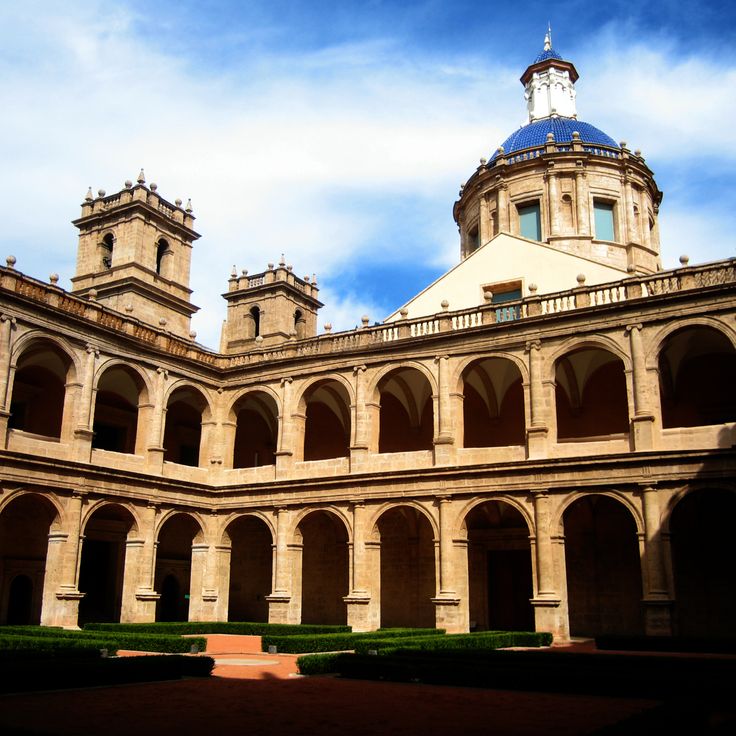
Valencia, Spain
The 16th century Renaissance building houses the Valencian library containing over 100,000 books and historical documents.
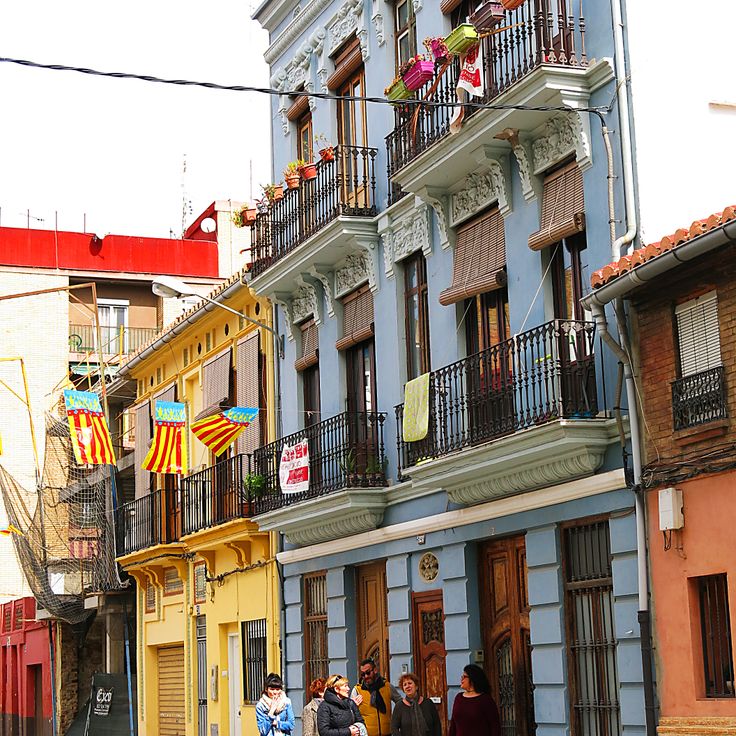
Valencia, Spain
A former fishing village with typical Mediterranean architecture, colorful ceramic tiles and streets running parallel to the sea.
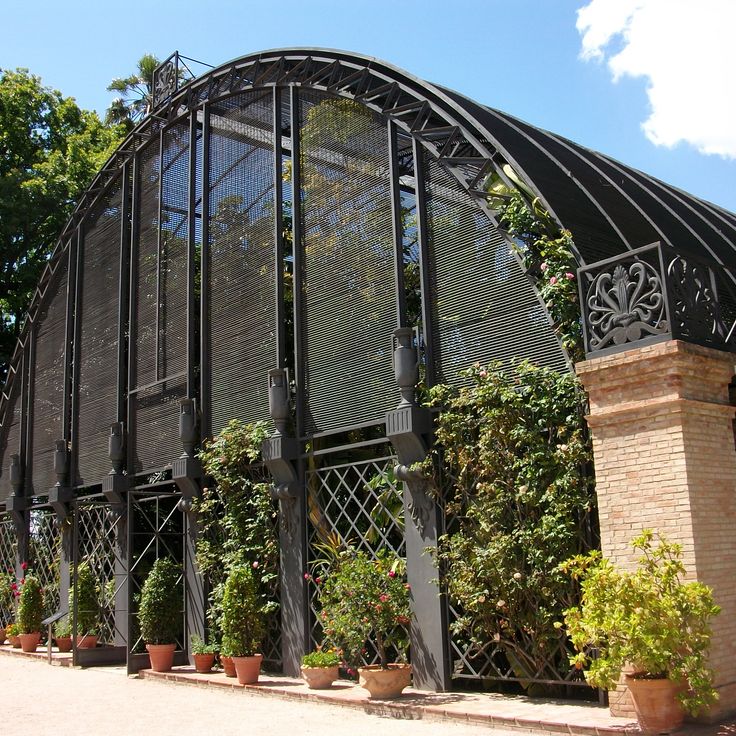
Valencia, Spain
This garden from 1802 contains over 3000 plant species, a herbarium with 200,000 specimens and a library dedicated to botany.
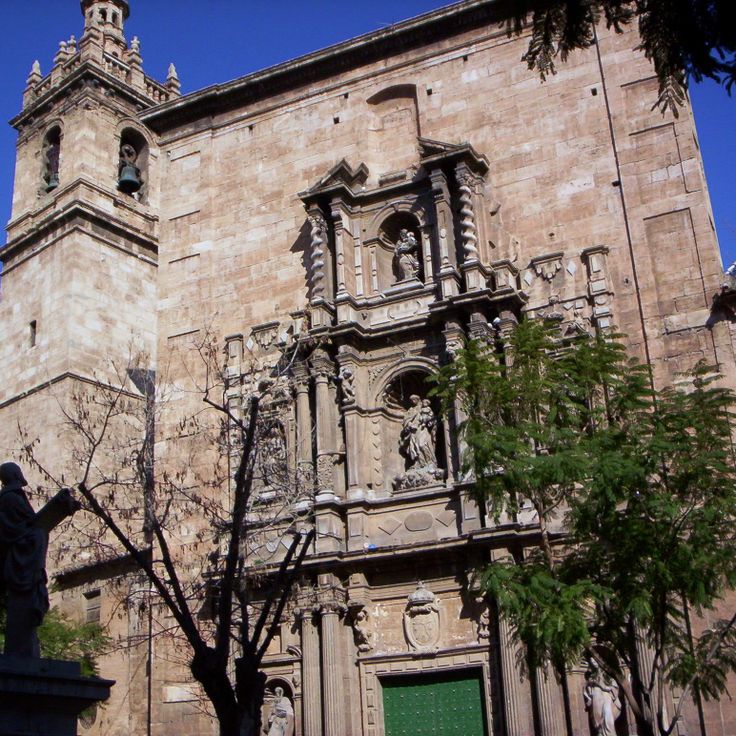
Valencia, Spain
The Gothic building from the 13th century displays a collection of medieval art and religious objects from Valencia.
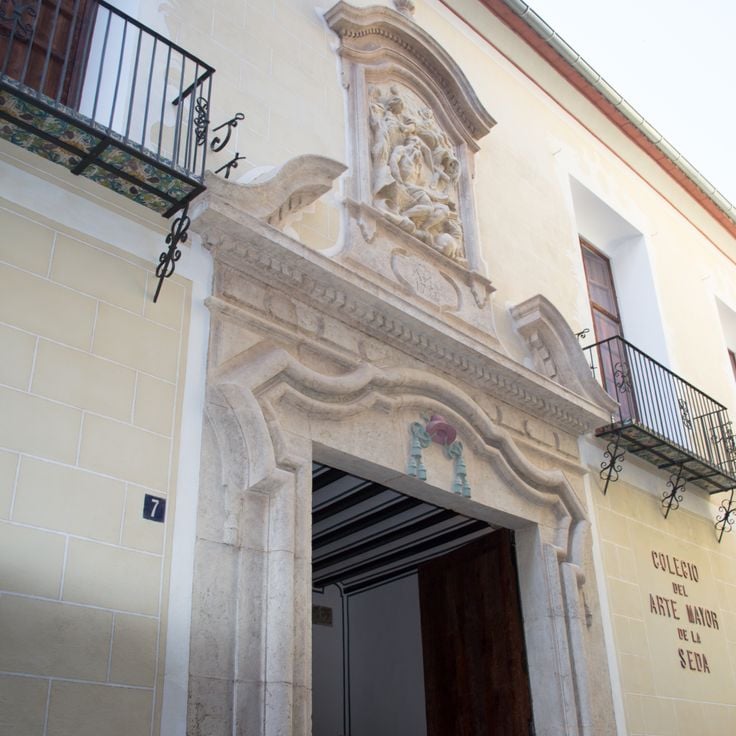
Valencia, Spain
A trade museum from the 15th century containing original textile machines, guild documents and exhibitions about the history of Valencian silk production.
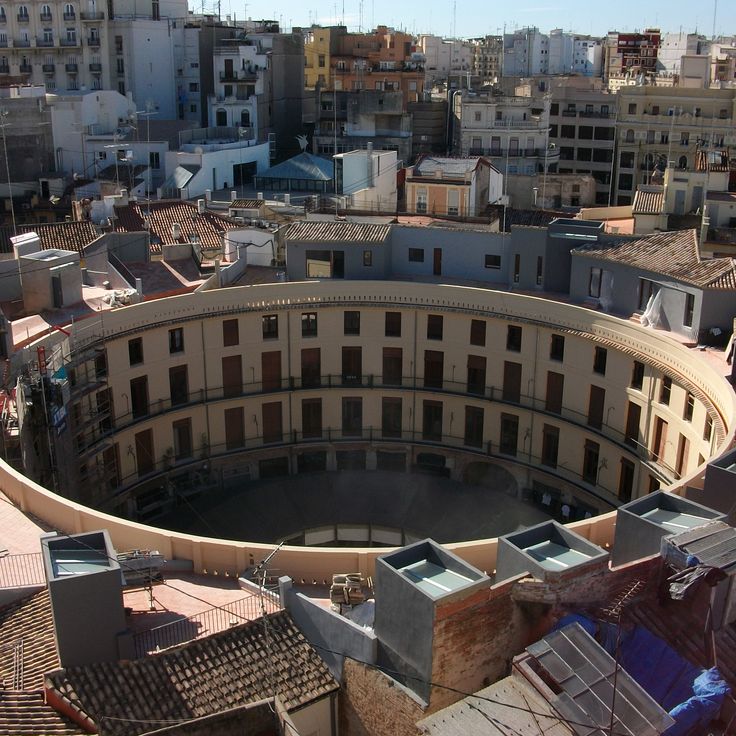
Valencia, Spain
The marketplace built in 1840 measures 20 meters in diameter and contains shops selling traditional handicrafts.
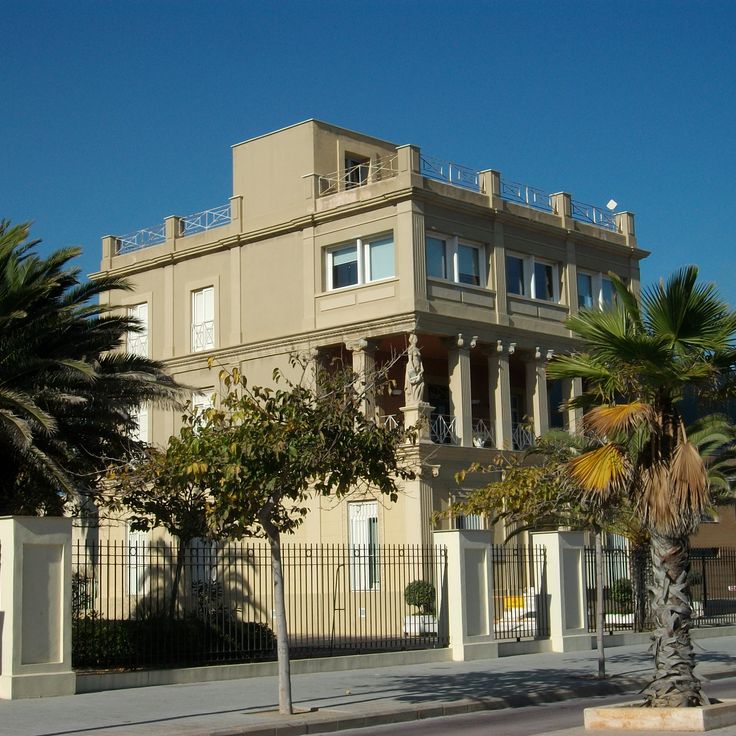
Valencia, Spain
The museum contains personal objects, manuscripts and photographs of the Valencian author in his former residence.

Valencia, Spain
The stone chapel stands on Carrer del Hospital street. It was constructed in the 13th century as an Islamic place of worship and later rebuilt as a Romanesque Christian church.
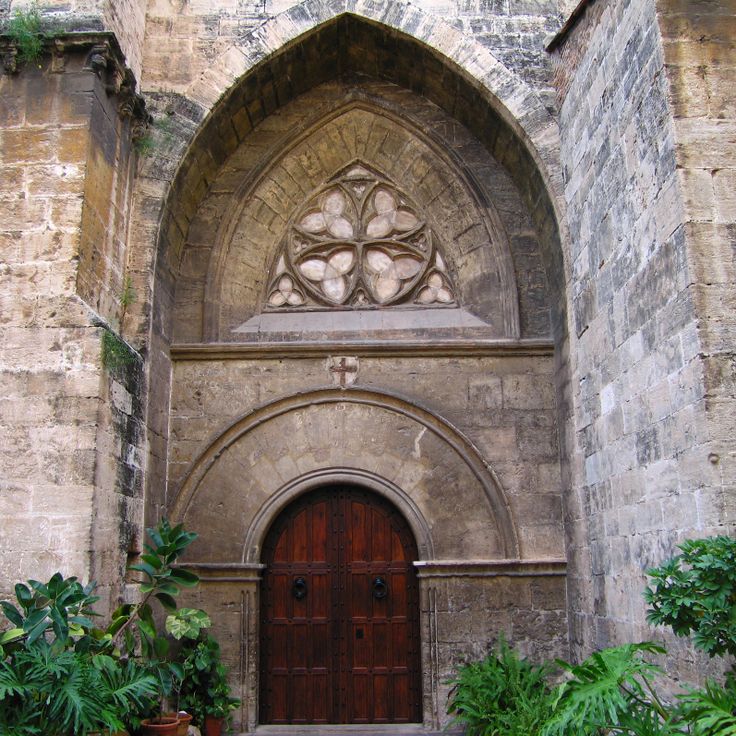
Valencia, Spain
This Romanesque church from the 13th century features Gothic and Baroque elements in its architecture.
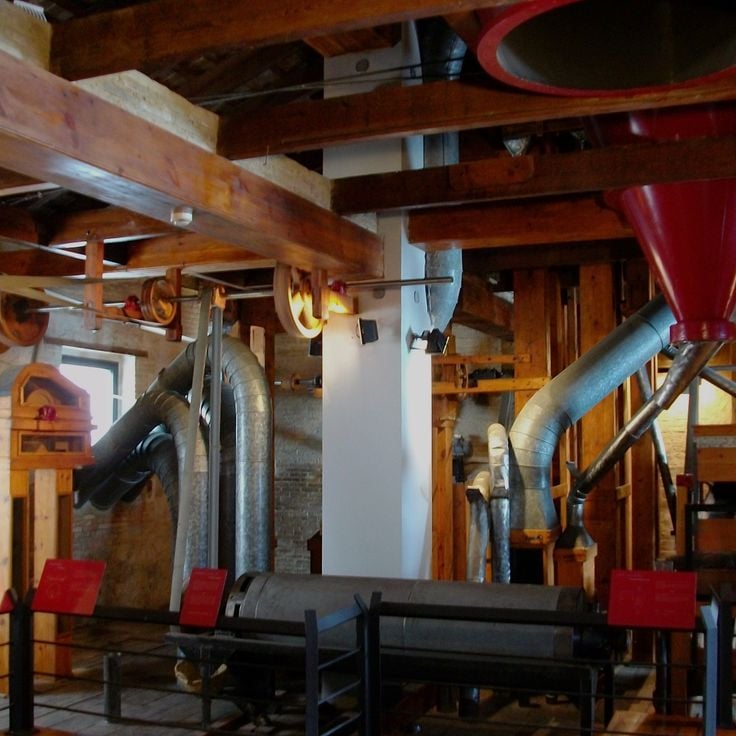
Valencia, Spain
The museum is located in a former rice mill and displays tools and methods of traditional rice production.
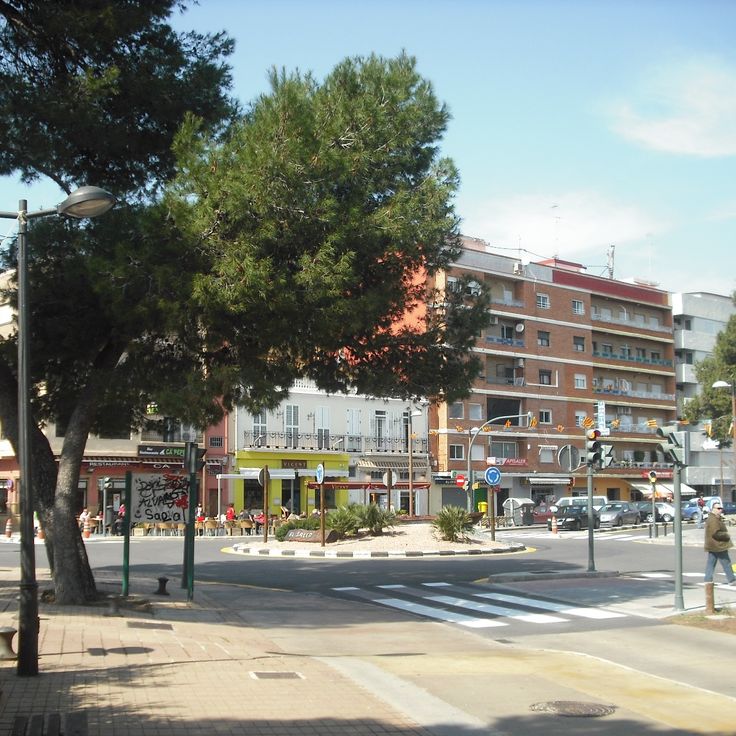
Valencia, Spain
The beach extends for 6 kilometers and borders pine forests and dunes of the Mediterranean area.

Valencia, Spain
Built in 1917, the station features mosaics with orange motifs and ceramic wall tiles with regional designs.
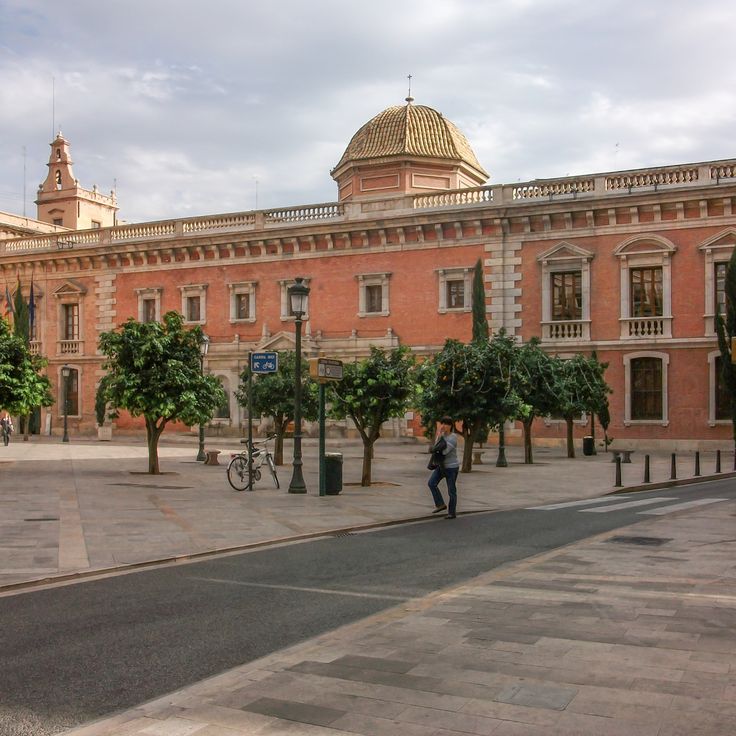
Valencia, Spain
Built in 1498, this building contains a historical library with over 40,000 books and a museum dedicated to university history.
































